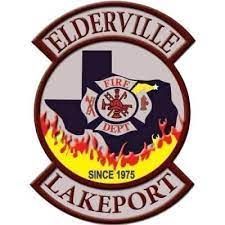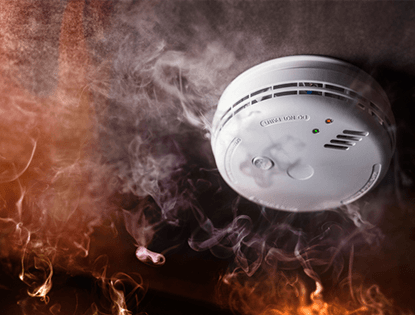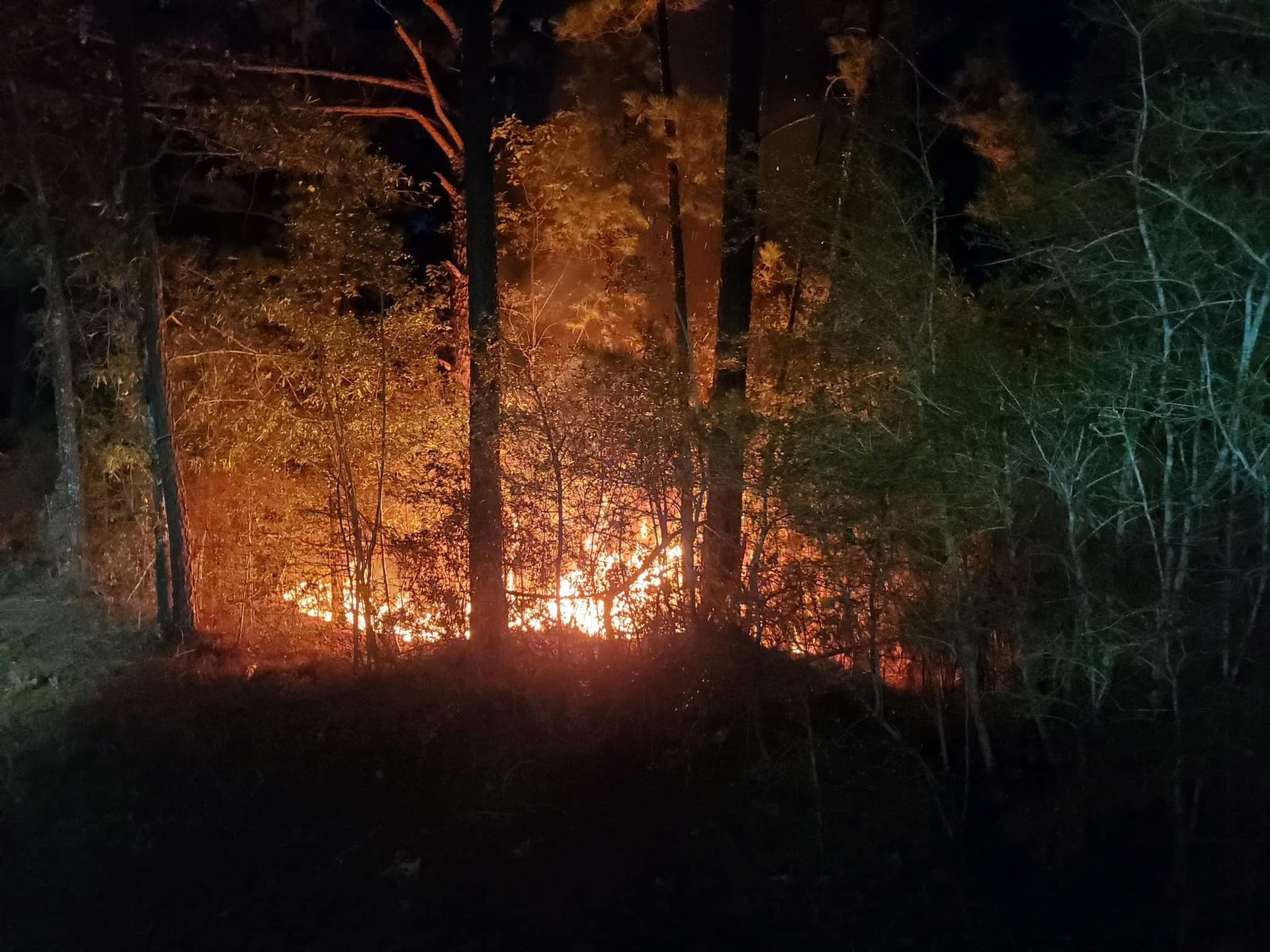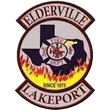Smoke Detectors
If fire broke out inside your home in the middle of the night while you were asleep. Would you be able to get out? It's important to know that the leading cause of death in house fire's is actually carbon dioxide, a colorless odorless gas produced by incomplete combustion. Carbon dioxide can easily fill a building long before the flames reach the victim and because it binds with red blood cells more readily than oxygen the victims suffocate before ever knowing anything.
When a fire burns, it will usually double in size every thirty seconds, and everyone getting out of the home quickly and safely is paramount. Obviously, smoke detectors are an important tool to assist you and your family by warning them early on. So ask yourself this, are my smoke detectors properly located? Are they functional? Do i have the right kind of smoke detector?
According to NFPA, smoke detectors should be placed iside each bedroom and in hallways between bedrooms. There should be one on each level of the home including the basement (if there is one). Smoke detectors should be placed 4" away from the corner where the ceeling and wall meet, because there is dead air space in this area where smoke may not reach the detector. If mounted on the wall, they should be less than 12" from the ceiling, because heat rises and therefore so does smoke. Do you have one in each and every bedroom? What about the hallway? Are they far enough from the wall, and close enough to the ceiling?
What type of smoke detector is best for your home? Many people look for smoke detectors and buy whatever is the least expensive. While it may appear that a smoke detector is a smoke detector. If you look a little closer there is actually two technologies when it comes to smoke detectors they are Photoelectric, and Ionization.
Photoelectric smoke detectors use a light sensor to detect large particles in the air, once the sensor is obscured, the alarm sounds. This type of detector is good for detecting smoldering fires that produce more smoke such is an improperly discarded cigarette.
An Ionization sensor uses electricity, and a very small amount of alpha radiation to generate an electrical charge. This charge is caused by the ionization of oxygen and nitrogen in the air caused by the radiation. Because it is such a small amount of radiation, the sensor is very sensitive to the changes of electrical charge that occur when smoke is present in the ionization chamber. This type of detector is good for picking up smaller amounts of fire, or flaming fires that do not produce much smoke.
While both detectors have their purpose, the NFPA recommends installing both types of detectors.




